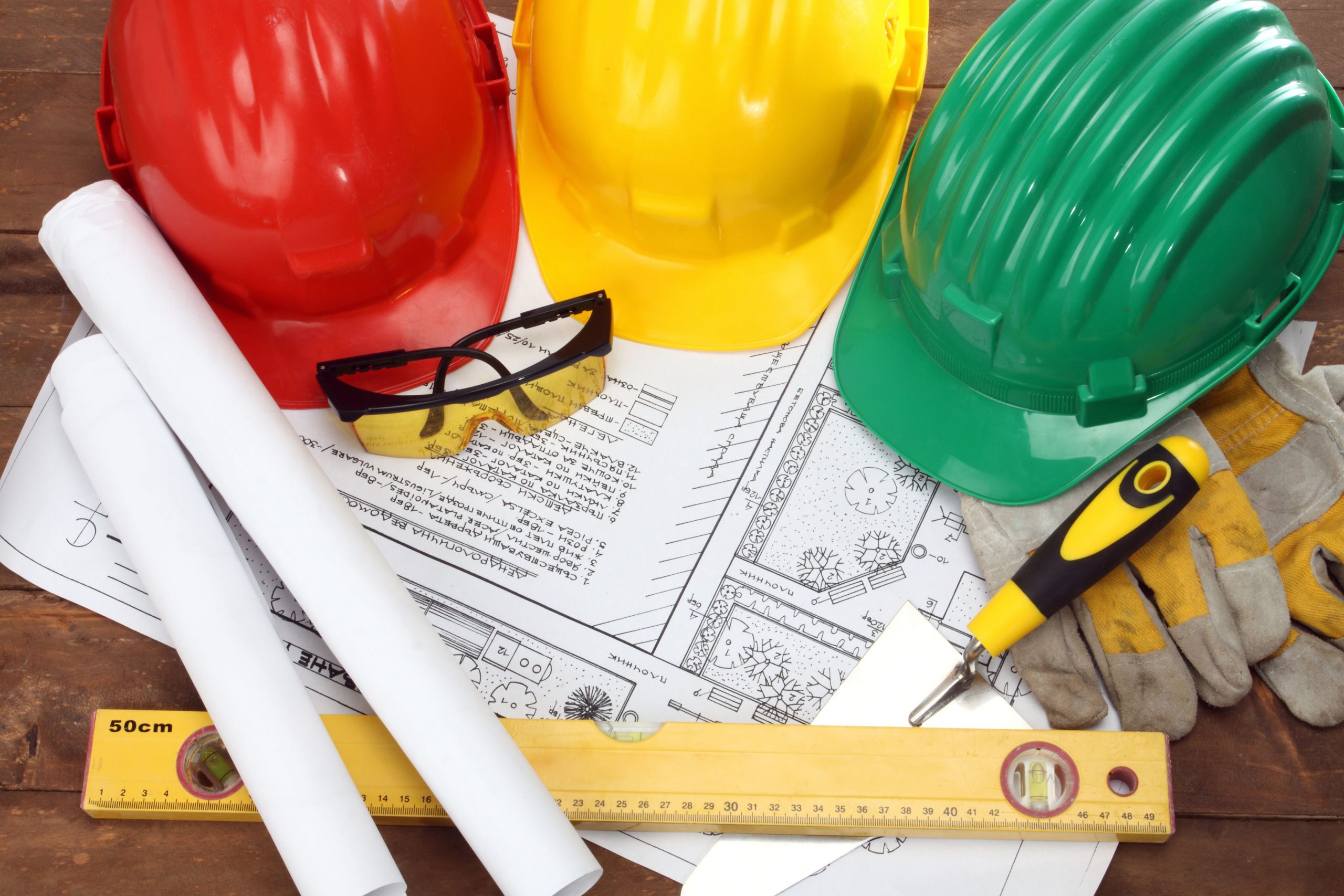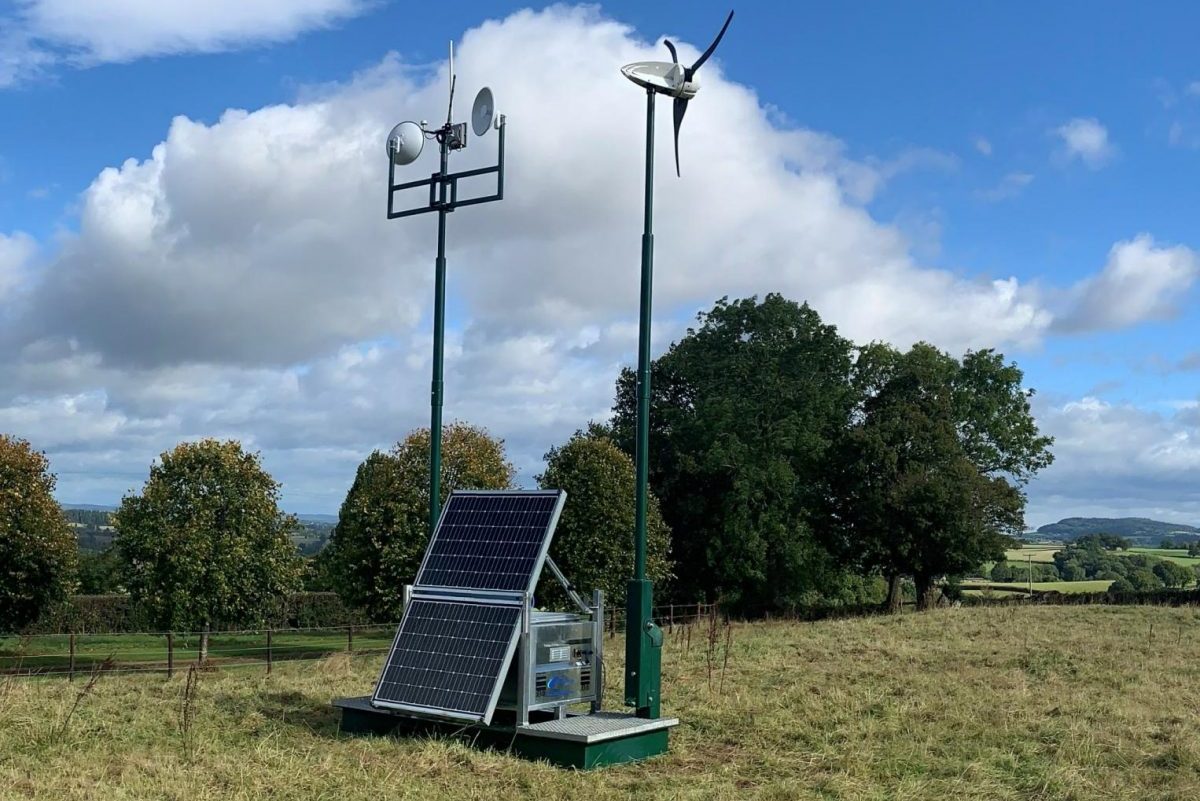Power for off grid living – Power for off-grid living unlocks a world of self-sufficiency and freedom from the constraints of the traditional grid. Imagine a life powered by the sun, the wind, or the flow of a nearby stream – a life where you are truly in control of your energy destiny. This comprehensive guide delves into the practicalities, possibilities, and considerations of embracing off-grid power, empowering you to make informed decisions about your energy future.
We’ll explore various power sources, efficient management strategies, backup systems, and the financial aspects of this exciting journey toward energy independence.
From choosing the right solar panels and designing a wind turbine system to understanding battery storage options and implementing energy-saving measures, we’ll equip you with the knowledge to create a reliable and sustainable off-grid power solution tailored to your specific needs and location. We’ll also address crucial safety considerations, regulatory compliance, and the long-term costs involved, ensuring you’re well-prepared for every step of the process.
Power Management and Efficiency in Off-Grid Systems: Power For Off Grid Living
Embracing off-grid living requires a mindful approach to energy consumption. Efficiency isn’t just about saving money; it’s about ensuring the sustainability of your chosen lifestyle. By strategically managing your energy usage and implementing efficient systems, you can maximize the lifespan of your power sources and minimize reliance on backup systems. This section details crucial strategies for achieving optimal power management in your off-grid home.
Minimizing Energy Consumption in an Off-Grid Home
Reducing energy consumption is paramount for off-grid success. This involves a combination of behavioral changes and technological solutions. Careful appliance selection, efficient usage habits, and smart home technologies all play a significant role in lowering your overall energy footprint. The following table provides a snapshot of common appliance energy usage and effective reduction strategies.
| Appliance | Typical Energy Consumption (kWh/year) | Energy Reduction Strategies |
|---|---|---|
| Refrigerator | 1500-2000 | Choose an energy-efficient model with a high Energy Star rating; ensure proper ventilation; maintain optimal temperature settings; regularly defrost. |
| Lighting | 500-1000 | Switch to LED lighting; utilize natural light whenever possible; employ motion sensors and timers; reduce unnecessary lighting. |
| Washing Machine | 300-500 | Wash clothes in cold water; use the appropriate load size; air dry clothes whenever feasible. |
| Water Heater | 1500-2500 | Insulate hot water pipes and tank; lower the thermostat setting; consider tankless water heaters for improved efficiency; take shorter showers. |
| Television | 200-400 | Choose energy-efficient models; turn off the television when not in use; limit screen time. |
Voltage and Current Regulation in Off-Grid Systems
Maintaining stable voltage and current is critical for the proper functioning of your appliances and the longevity of your power system. Fluctuations can damage sensitive electronics and reduce the efficiency of your energy production and storage. Several methods are employed to regulate voltage and current in off-grid systems. These include voltage regulators, inverters with built-in regulation, and charge controllers for batteries.
Voltage regulators maintain a consistent output voltage regardless of input variations, while charge controllers prevent overcharging and protect batteries from damage. Inverters convert DC power from batteries to AC power for household appliances, and many modern inverters include voltage regulation features.
Efficient Wiring System Design for Off-Grid Homes
A well-designed wiring system is essential for safety and efficiency. Proper grounding and circuit protection are paramount to prevent electrical hazards and equipment damage. The wiring should be sized appropriately for the load requirements of each circuit to minimize voltage drop and heat generation. A schematic diagram would show a central distribution panel with clearly labeled circuits, each protected by a circuit breaker or fuse.
Each circuit would branch out to various outlets and appliances, with proper grounding wires connected to a grounding rod driven deep into the earth. This grounding rod provides a safe path for fault currents to flow to the earth, preventing electrical shocks and fires. Furthermore, the diagram would illustrate the use of surge protectors to safeguard sensitive equipment from voltage spikes.
Designing a Simple Energy Monitoring System, Power for off grid living
A basic energy monitoring system provides valuable insights into your energy consumption patterns. This allows for informed decision-making and helps identify areas for improvement. A simple system could consist of a kilowatt-hour (kWh) meter to measure total energy consumption, individual circuit monitors to track energy usage of specific appliances, and a data logger to record consumption data over time. This data can be viewed on a display unit or downloaded to a computer for analysis.
For instance, a basic system might use a digital kWh meter at the main service panel to track overall energy usage, while individual clamp-on current meters measure the current draw of specific appliances. This information, combined with voltage measurements, allows for the calculation of power consumption in watts and total energy consumption in kilowatt-hours. The data can be manually recorded or, for a more sophisticated system, logged automatically using a data acquisition system.
Embarking on the path to off-grid living is a journey of empowerment, resilience, and environmental consciousness. By understanding the diverse power sources available, mastering efficient energy management techniques, and planning for contingencies, you can create a truly independent and sustainable energy system. This guide has provided the foundational knowledge; now it’s time to transform your vision into reality. Embrace the freedom, the adventure, and the satisfaction of harnessing nature’s power to live a life truly on your own terms.
The journey towards energy independence begins with a single step – and this guide is your compass.
Question & Answer Hub
What are the permit requirements for off-grid power systems?
Permit requirements vary significantly by location. Check with your local building department and energy authorities for specific regulations in your area.
How long do off-grid batteries typically last?
Battery lifespan depends on the type (lead-acid, lithium-ion, etc.) and usage. Lead-acid batteries generally last 3-5 years, while lithium-ion batteries can last 10+ years.
Can I use off-grid power for appliances like a refrigerator or washing machine?
Yes, but you’ll need a system sized appropriately for the appliance’s power draw. Energy-efficient appliances are highly recommended.
What is the best way to finance an off-grid power system?
Options include personal savings, loans from banks or credit unions, and potentially government grants or incentives (check your local programs).
Enhance your insight with the methods and methods of nomadic off grid living.


